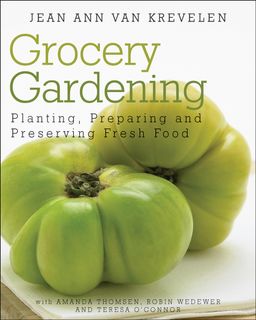 |
| Photo by Isabel Gomes of UC Hansen Agricultural Center |
Every minute, the United States loses more than one acre of farmland to development. Between 2002 and 2007, this country lost more than 4 million acres of farmland. That's nearly the size of Massachusetts in five years.
Most fresh food is in the direct path of development. About 91 percent of our fruit and 78 percent of our vegetables come from farms near urban areas. As farm and ranch land tends to be ideal for housing and office park development - flat, well drained and reasonably priced - it is rapidly being snatched away for building projects.
Less than one-fifth of U.S. land is ideal for farming. And the most fertile farmland is at the biggest risk of development.
That's the bad news. The good news is...there are lots of ways you can help. Even better, there are many benefits to helping family farmers in your area. By supporting local farmers, you're strengthening your regional economy, and you're reducing the natural resources needed to deliver your food. Most food travels 1,500 miles to reach the average American. That's a lot of gasoline to ship some lettuce.
Did you know? Local food is healthier too. Even with the finest storage facilities, the nutritional value of food starts to degrade rapidly once the produce is harvested. So, the fresher the food, the healthier the benefits.
Here are some easy ways to eat local foods and support local farmers:
- Visit Farmers Markets. There's nothing better than fresh-picked heirloom tomatoes and sweet corn harvested that morning. Fortunately, it has become easier to find farmers markets across the nation. In 2009, farmers markets increased 13 percent in one year alone. Often, you'll find live music and crafts at these markets too.
- Buy a CSA membership. When you buy a community-supported-agriculture (CSA) membership, you pay a fee, and you receive fresh produce weekly, based on what the farm harvested. It's a great way to know the farmer who grew your food.
- Look online. Many family farmers are turning to technology to reach consumers directly. You can order local foods online, and many deliver right to your home. Some helpful links are listed below.
- Speak out. Tell local store managers and restaurant owners you'd like to see more local foods in their produce selection and on their menues. Ask them to display signage showing which local farms provided certain food items. Let your political representatives know you want them to support local farms as well.
- Buy direct from farmers = they earn up to 90 cents on the dollar, reports the Eat Local Challenge.
- Buy from traditional markets = farmers earn about 20 cents on the dollar, according to U.S. Department of Agriculture (USDA).
"Agriculture... is our wisest pursuit, because it will in the end
contribute most to real wealth, good morals and happiness."
Thomas Jefferson to George Washington, 1787
 |
| Image by Bikeloc - Robert Dubois and Aaron Zueck |
Hear more about Robert Dubois and Aaron Zueck of Bikeloc (shown above) on this Nest In Style podcast. I interview these determined cyclists right before they finish a rather grueling, cross-country bike trip to celebrate local foods. Their long journey started in late-April 2010 in Vermont and ends in Portland, Oregon this week. Traveling from potluck to potluck, the cyclists have met with farmers, food producers and ordinary citizens to learn more about their perspectives about local foods in this country. Hear Bikeloc interview.
 |
| Image by Bikeloc - Robert Dubois and Aaron Zueck |
Bikeloc's effort was impressive. But, lucky for us, there are plenty of easier ways to eat local foods, support family farmers and enjoy healthier diets.
Learn more:
Learn more:










